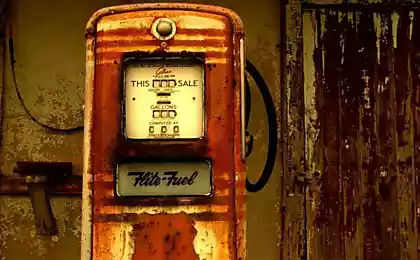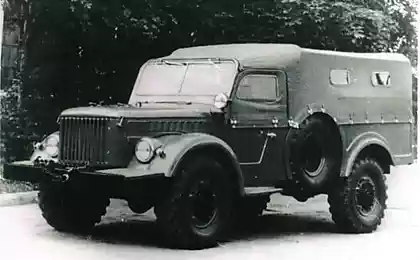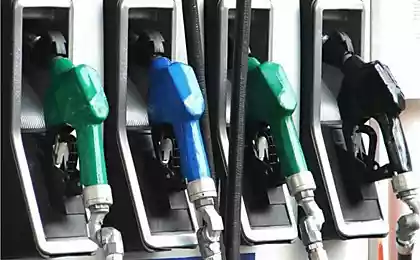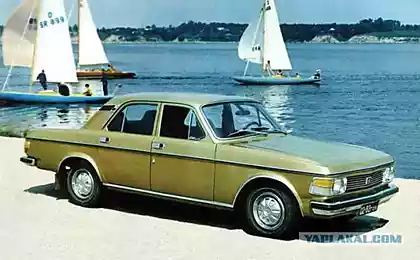207
How long can gasoline be stored in a canister?
The shortage in the fuel market forced many drivers to buy gasoline in reserve. How long can you store gasoline in a canister? Will it lose its properties and what is the danger of riding on “expired” fuel?
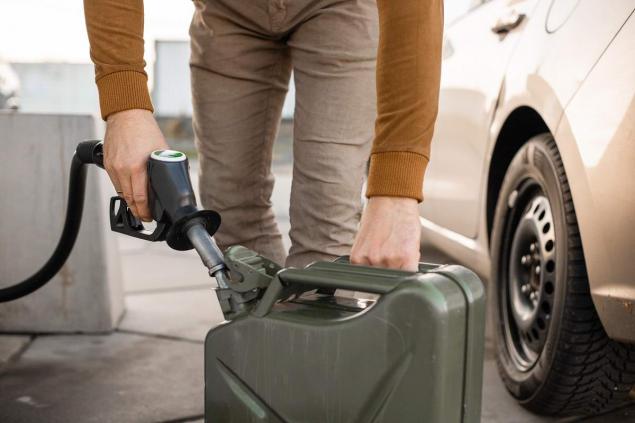
Strangely enough, but gasoline also has an expiration date. It certainly won't sour like milk. But over time, it oxidizes, volatile fractions evaporate from it, and additives decay and precipitate.
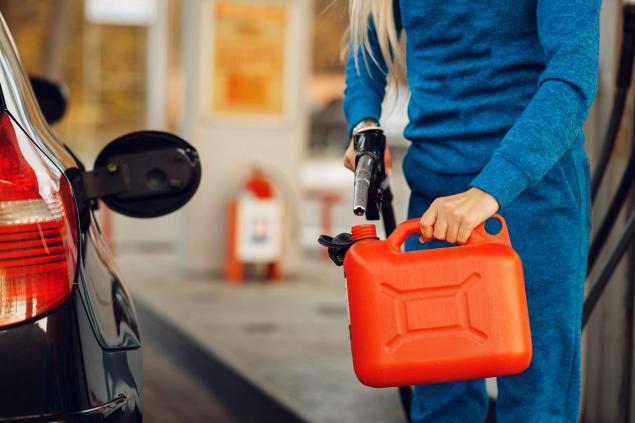
As a result, gasoline gradually degrades as fuel. That is why GOST R 51105-97 limits the shelf life of any gasoline 1 year from the date of manufacture. In addition, the high temperature and contact with air further shorten its usefulness.
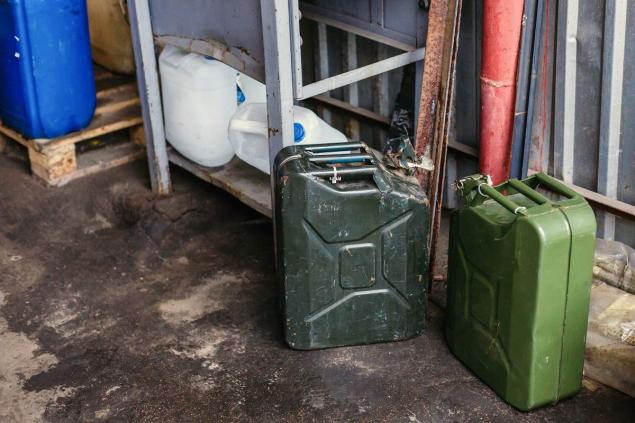
At the same time, there are brands of gasoline designed for longer storage. For example, in state reserve companies. Such fuel can be stored for up to 5 years, but it is unlikely to be found on sale.
What happens if you fill the car with old gasoline? First, the oxidation of gasoline leads to the formation of resinous substances. In the process, they are deposited on the details of the fuel system of the car. Secondly, with prolonged storage, additives break down and the octane number decreases.
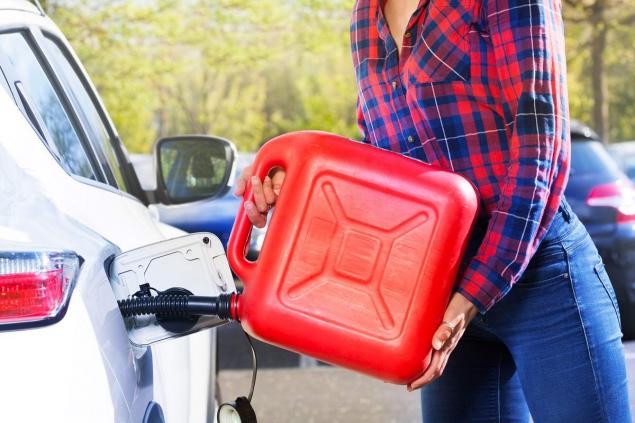
Therefore, a car filled with old gasoline may simply not start. However, you can try to run it on a small portion of fresh fuel. And only after warming up, go to “overdue”.
But even if the engine starts, problems remain. A smaller octane number can lead to “knocking fingers”, more soak will form, thin channels of the fuel system can become clogged.
It should be noted that the storage periods provided by GOST relate to storage conditions in sealed underground tanks. In garage conditions, adherence to such conditions will be difficult. But there are several recommendations that will extend the shelf life of gasoline in the canister.
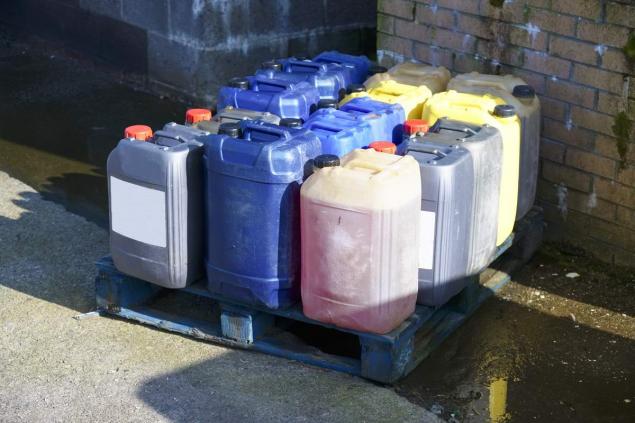
First of all, gasoline does not like heat. Therefore, the best place to store it will be an observation pit in the garage or cellar. Even in summer it is relatively cool and there is no sunlight.
In addition, gasoline must be stored in a sealed opaque container. These can be standard metal or plastic canisters. However, in the latter, the fuel can accumulate a static charge and interact with plastic. However, a high-quality and sealed plastic canister can be stored for 3-6 months.
Metal canisters are ideal for storing gasoline. But there are a number of nuances. Keep in mind that over time, gasoline will corrode the rubber gasket, and the container will no longer be airtight. So the pad needs to be changed periodically. And one more thing: make sure the old can does not rust from the inside. In this case, it is better not to use it: suddenly it will leak, and with gasoline it may not end very well.
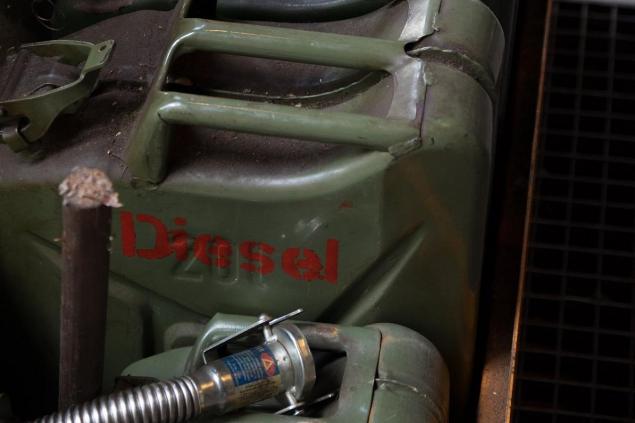
It is clear that it is better not to pour unsuitable gasoline into the gas tank. However, if absolutely necessary, it can be mixed with fresh fuel in a ratio of 1 to 3. If the situation is not critical, it is better not to take risks and use such fuel only for technical purposes.

Strangely enough, but gasoline also has an expiration date. It certainly won't sour like milk. But over time, it oxidizes, volatile fractions evaporate from it, and additives decay and precipitate.

As a result, gasoline gradually degrades as fuel. That is why GOST R 51105-97 limits the shelf life of any gasoline 1 year from the date of manufacture. In addition, the high temperature and contact with air further shorten its usefulness.

At the same time, there are brands of gasoline designed for longer storage. For example, in state reserve companies. Such fuel can be stored for up to 5 years, but it is unlikely to be found on sale.
What happens if you fill the car with old gasoline? First, the oxidation of gasoline leads to the formation of resinous substances. In the process, they are deposited on the details of the fuel system of the car. Secondly, with prolonged storage, additives break down and the octane number decreases.

Therefore, a car filled with old gasoline may simply not start. However, you can try to run it on a small portion of fresh fuel. And only after warming up, go to “overdue”.
But even if the engine starts, problems remain. A smaller octane number can lead to “knocking fingers”, more soak will form, thin channels of the fuel system can become clogged.
It should be noted that the storage periods provided by GOST relate to storage conditions in sealed underground tanks. In garage conditions, adherence to such conditions will be difficult. But there are several recommendations that will extend the shelf life of gasoline in the canister.

First of all, gasoline does not like heat. Therefore, the best place to store it will be an observation pit in the garage or cellar. Even in summer it is relatively cool and there is no sunlight.
In addition, gasoline must be stored in a sealed opaque container. These can be standard metal or plastic canisters. However, in the latter, the fuel can accumulate a static charge and interact with plastic. However, a high-quality and sealed plastic canister can be stored for 3-6 months.
Metal canisters are ideal for storing gasoline. But there are a number of nuances. Keep in mind that over time, gasoline will corrode the rubber gasket, and the container will no longer be airtight. So the pad needs to be changed periodically. And one more thing: make sure the old can does not rust from the inside. In this case, it is better not to use it: suddenly it will leak, and with gasoline it may not end very well.

It is clear that it is better not to pour unsuitable gasoline into the gas tank. However, if absolutely necessary, it can be mixed with fresh fuel in a ratio of 1 to 3. If the situation is not critical, it is better not to take risks and use such fuel only for technical purposes.
Modern monitors for work and study. Which?
Fashion is all natural: the best nail design for the summer of 2022





